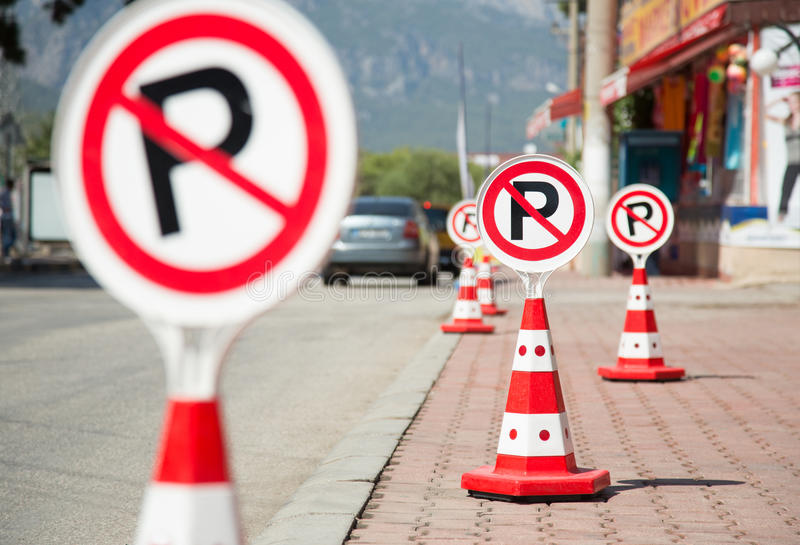While traffic signals follow a universal system for regulating the vehicles to prevent accidents and chaos on the roads, no parking signs play an equally important function in keeping the roads clear. No parking signs are employed to impose restrictions on vehicles parking arbitrarily and prevent access to specific areas. Violation of no parking rules usually results in local authorities imposing penalties. Some rules regarding the installation and display of no parking signs include:
Shape, Color, and Location
Because of the potential traffic disruption by motorists not complying with No Parking signs, all such signs need to conform to specified standards of shape, color, and location. The sign should have a white background, and the legend and border in red if the prohibition of parking is for all the time or specific times. If parking is permissible for a limited time or in a particular manner, the signs should have the legend and border in green color against a white background. All relevant information has to be displayed in the custom no parking signs flowing from top to bottom. The topmost information should be the restriction or prohibition, and right below that should be the times of the day the restrictions are in force. If the restrictions are not in force every day of the week, the sign should specify the days on which the restriction is applicable. In case, the restriction is for a limited area, the sign should have relevant information regarding the limits of the area.
How Close To a No Parking Sign Can One Park?
Unless mentioned on the sign, usually, you are not allowed to park within 10 feet of the No Parking sign though 15 feet is much better compliance. Usually, the accompanying stretch of the curbside is painted red or yellow to show the extent of the prohibited area. According to Drivers Education USA, you should never park alongside a curb painted red. A No Parking sign with an arrow pointing left or to the right means that the restriction is on the side the arrow points. If the arrows point in both directions, it means you cannot park in both directions. These signs may have additional information regarding the times and days of the week the restriction on parking is applicable.
General Rules of Parking
In addition to specific rules of parking mentioned on the No Parking signs, all motorists should also be aware of general rules applicable for no parking of vehicles. For example, you cannot park within 20 feet of a pedestrian crosswalk, 50 feet of a railroad crossing, 15 feet of a fire hydrant, and 20 feet of a driveway of a fire station, 30 feet of a Yield or Stop sign, or 20 ft. of an unmarked intersection.
Conclusion
While local administrative bodies are in charge of displaying and maintaining most No Parking signs, in some cases, private citizens may be allowed to put up these signs for various personal reasons on their property. However, generally speaking, they cannot be placed where they are likely to create confusion regarding parking on public roads.




